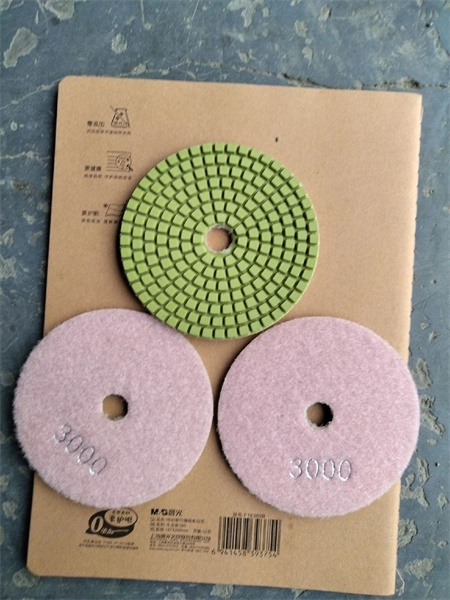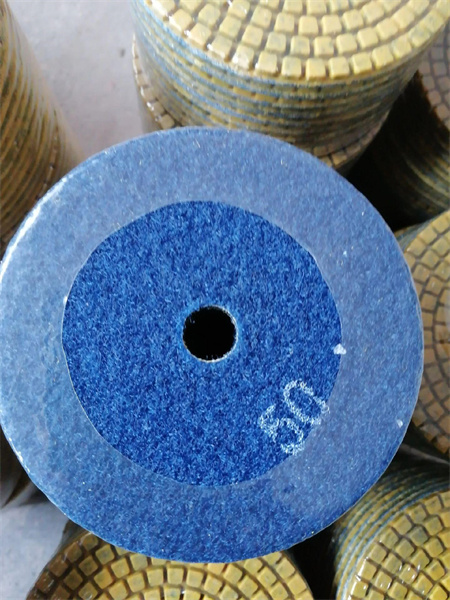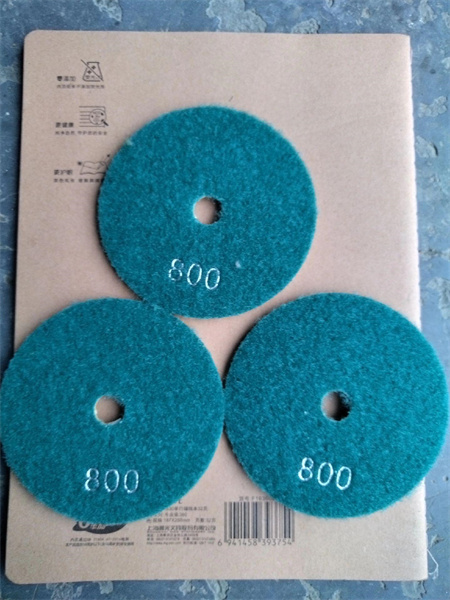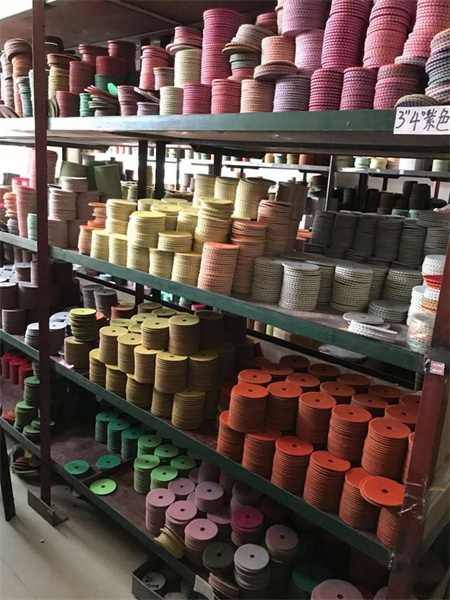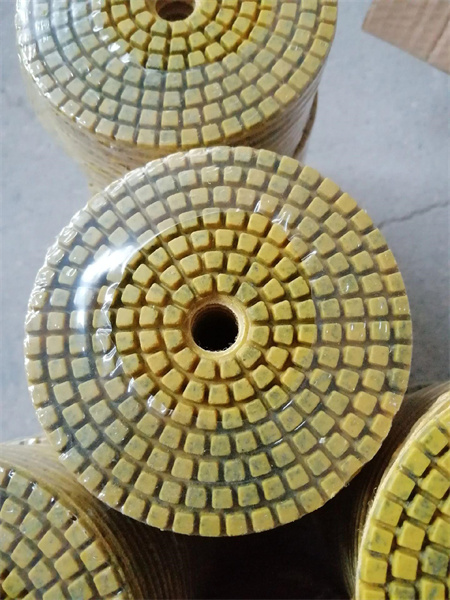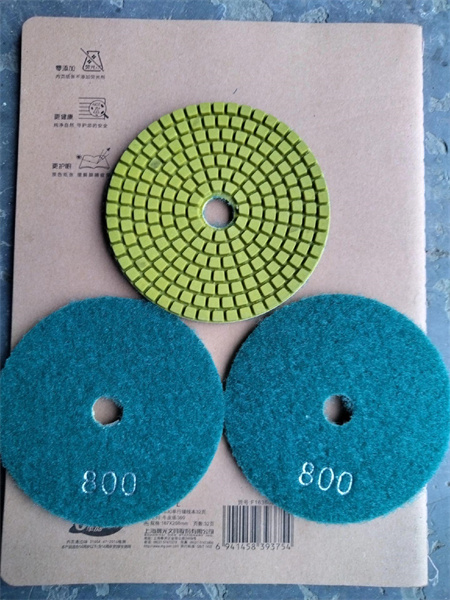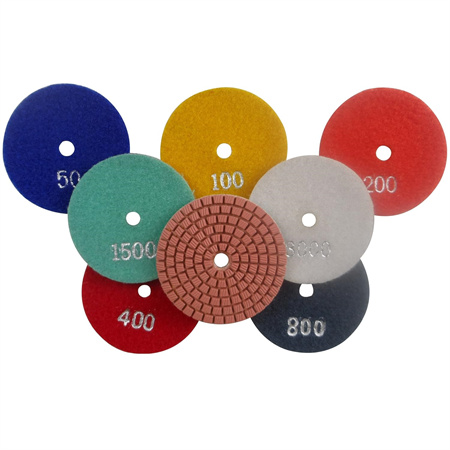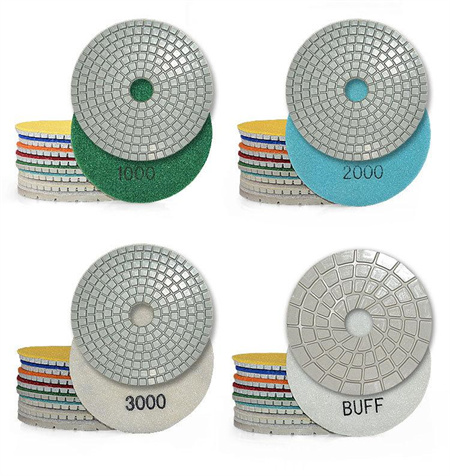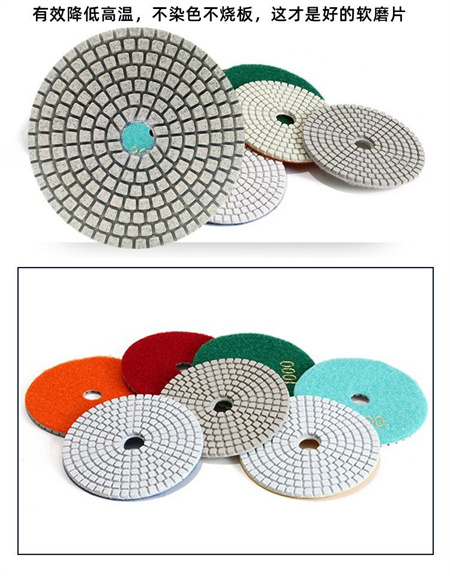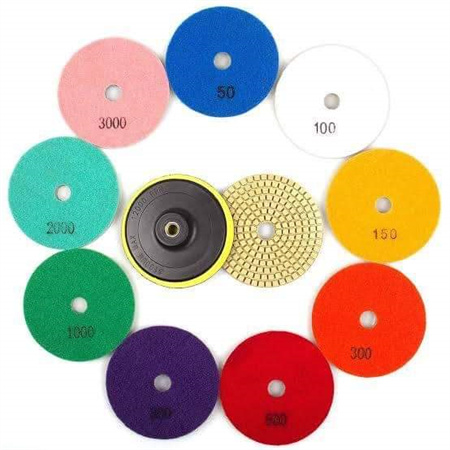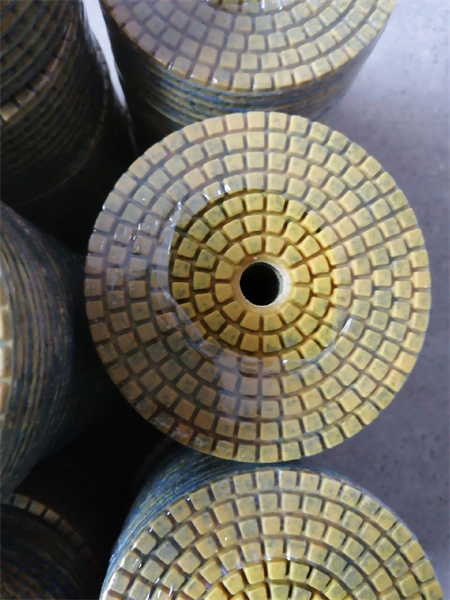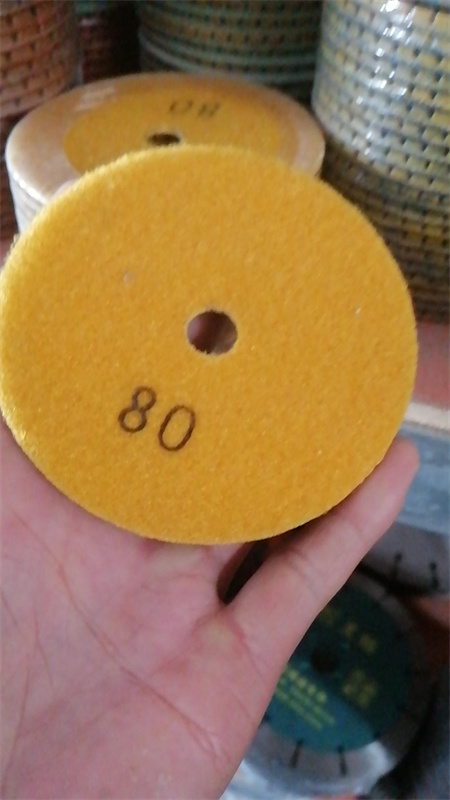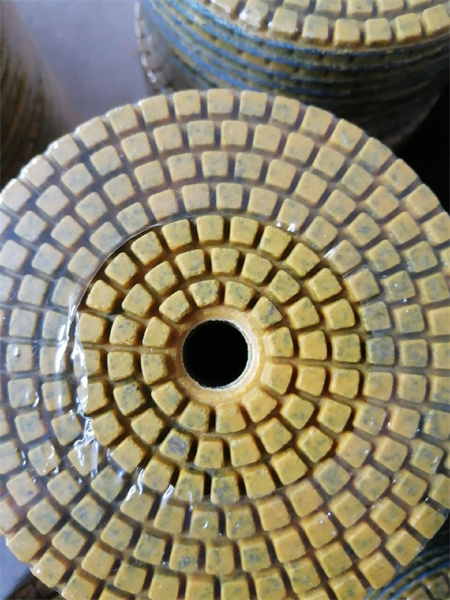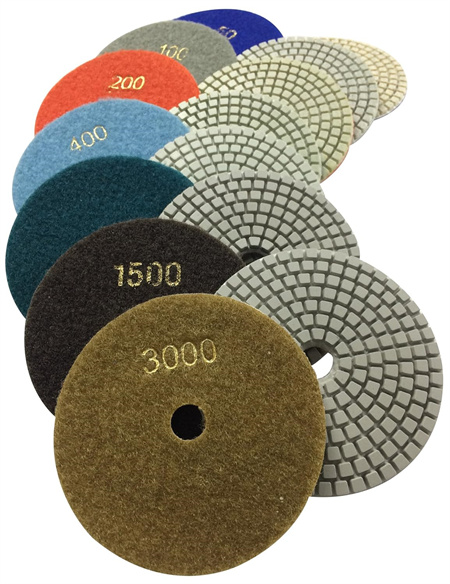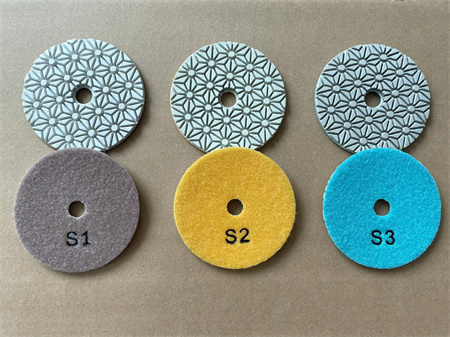Title: Marble Polishing Pads Bulk Distributor from China
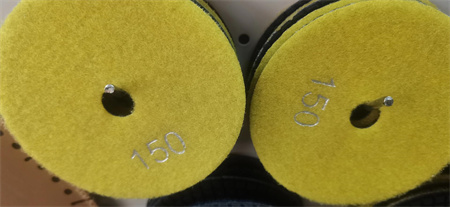
When it comes to marble care, whether it’s for residential or commercial use, the right tools are essential for maintaining that flawless shine. One of the key products in achieving that smooth, glossy surface is marble polishing pads. These pads are designed to restore the beauty of marble floors, countertops, and other surfaces. If you’re a business or individual looking for high-quality pads at competitive prices, partnering with a reputable marble polishing pads bulk distributor from China could be the smart move.
China is known for its vast manufacturing capabilities and expertise in producing high-quality tools and products for various industries, including marble care. Marble polishing pads from China come in various types, such as diamond polishing pads, resin pads, and more. The beauty of working with a Chinese distributor lies not only in the affordability but also in the variety of products and the ability to source specialized solutions for unique marble types and finishes.
A bulk distributor can provide a range of options depending on the specific needs of the buyer. For example, if you need pads for light polishing or heavy-duty restoration, Chinese suppliers offer customized solutions that cater to both. The pads are designed with different grit levels, allowing businesses to tackle both rough and delicate polishing tasks. Whether you’re in the marble restoration industry, or simply looking for a steady supply for your personal projects, bulk distribution ensures that you have access to the tools you need in large quantities without worrying about running out.
The cost-effectiveness of sourcing marble polishing pads from a bulk distributor in China is one of the biggest advantages. By purchasing in bulk, you can significantly reduce the cost per unit, making it an economical option for businesses that require high volumes of these essential products. Many Chinese distributors also offer flexible shipping options and the ability to customize orders to meet your specific business demands. This level of flexibility is crucial in maintaining consistent product availability and adapting to changes in demand.
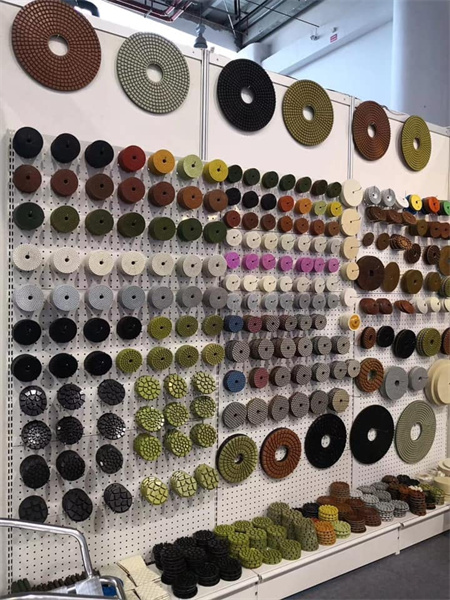
In addition to cost savings, the quality of Chinese marble polishing pads has significantly improved over the years. Manufacturers have honed their production techniques and now offer products that can rival the best in the market. These pads are designed to be durable, efficient, and long-lasting, ensuring that you get the most value out of your investment. With proper care and usage, they can achieve remarkable results, providing a polished surface that shines like new.
Choosing a reliable marble polishing pads bulk distributor from China means more than just getting affordable prices. It’s about ensuring your marble surfaces are treated with the best tools available, all while benefiting from superior service and reliable supply chains. Whether you’re a seasoned professional or a DIY enthusiast, sourcing from China guarantees that you’ll get the products you need to maintain the elegance and beauty of marble surfaces for years to come.


